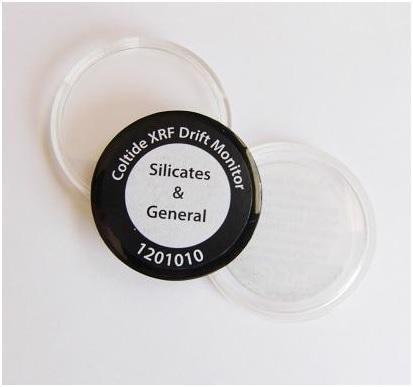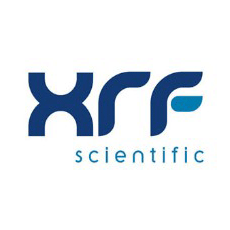
XRF spectrometer calibrations are important actions in preserving an instrument’s very astute degrees of accuracy. To make sure that the capturing of optical results by a fluorescence detector is accurate, the x-ray output of an XRF spectrometer is firstly calculated to minuscule levels.
One issue that will greatly damage the precision of outcomes over a period of time is when the x-ray output tubes are subjected to tiny levels of drifting. Consistent spectrometer calibrations are mandatory to repair any x-ray tube drifting, and to ensure accurate measurement parameters.
Various beneficial methods for use in spectrometer calibration are available from XRF Scientific, such as:
- Alignment procedures
- Procedure validation completed on-site
- Stability testing of spectrometers
- Sample preparation repeatability testing
- Statistical quality control
The calibrations for spectrometers outlined above need technical advice from XRF spectrometry professionals, and they can ensure that the outcomes are brought to the same standard as the instrument’s original specifications.
However, there are easier and less invasive scientific methods that make sure that the XRF equipment functions using discerning levels of precision for coinciding experiments over extended periods.
What are Drift Monitors for XRF Instruments?
Samples are bombarded with incident x-rays that ionize the surface atoms of a sample material in x-ray fluorescence (XRF), coercing electrons to dislodge from their atomic orbits with a transmission of fluorescent energy that is typical of particular elemental types.
A responsive photodetector retrieves the generally slight fluorescent signals with high rejection of backscattered and incident x-rays, to create an accurate quantitative representation of the sample’s elemental makeup on the major, trace, and ultra-trace degrees.
Instruments by XRF Instruments are manufactured to carry out these extremely accurate analytical evaluations of delicate oxides with exceptional levels of replicability. This entails a rigorous mixture of preparing samples to a high purity and faultless calculations to make sure that XRF instruments are operating dependably during their lifetime.
In spite of the benefits of current XRF instruments, the main x-ray origin can yet be subjected to slow mechanical drifting which can dramatically affect the precision of results. If this is left without being checked for longer amounts of times, it can make the efficiency of the device shorten and lessen the service periods between necessary recalibration.
To ensure the consistent accuracy of results and an optimized rate of fluorescent detection, it is advised to carry out regular process control examinations of an XRF instrument by utilizing a drift monitor.
Drift monitors are manufactured to show count rates that are in line with particular applications. Although their elemental composition is engineered to be chemically similar to samples that are often put under tests, their count rates do not need the equivalent contingency.
Rather, the drift monitor’s count rate is created to show a magnitude correspondence with sample minerals to enhance trustworthy and lengthy service for analyzing the level that the x-ray origin has been affected by mechanical drift.
XRF instruments require regular assessment using a drift monitor, although the component should not be considered a Certified Reference Material (CRM) or a calibration standard.
XRF Scientific supplies a range of drift monitors of distinct chemical compositions to support regular drift correction of XRF instruments in a range of fields. These include:
- Silicates
- Iron ore
- Mineral Sands
- Bauxite
- Cement
- Sulfides
- Manganese
- Nickel
- Rare earth
Every one of these has been manufactured with negligible flux content and will show good stability over a long length of time for the trustworthy monitoring of drift in an XRF instrument.
XRF Drift Monitors for Spectrometer Calibrations
XRF Drift Monitors are made from fortified discs of glass of particular elemental compositions and sizes so they are personalized to each XRF spectrometer. They are around 4 mm in width with a small amount of variation on the surface, which means they can be put into a spectrometer with ease for testing, created to analyze and change the drift in an x-ray tube.
By analyzing and correcting minute-long mechanical variations in outcomes or efficiency, drift monitors can be utilized to reduce the need for spectrometer calibrations. The discs provide brilliant stability in the long term to reduce the amount of spectrometer calibrations, and to make laboratory throughput better for various applications.
This functionality is enabled as Drift Monitors do not vary over time, so monitored intensity variances are exclusively indicative of either instrumentation changes or environmental factors. Reduced fluorescent intensity usually suggests that spectrometer calibrations may be needed.
The discs are manufactured using raw materials of the highest purity and also utilize low lithium metaborate or lithium tetraborate fusion flux contents to make the component service live longer. It is important to utilize the Drift Monitor within a spectrometer regularly to reduce the chances of calibrations in the future, and to make sure experiments are repeatable and precise.

This information has been sourced, reviewed and adapted from materials provided by XRF Scientific.
For more information on this source, please visit XRF Scientific.